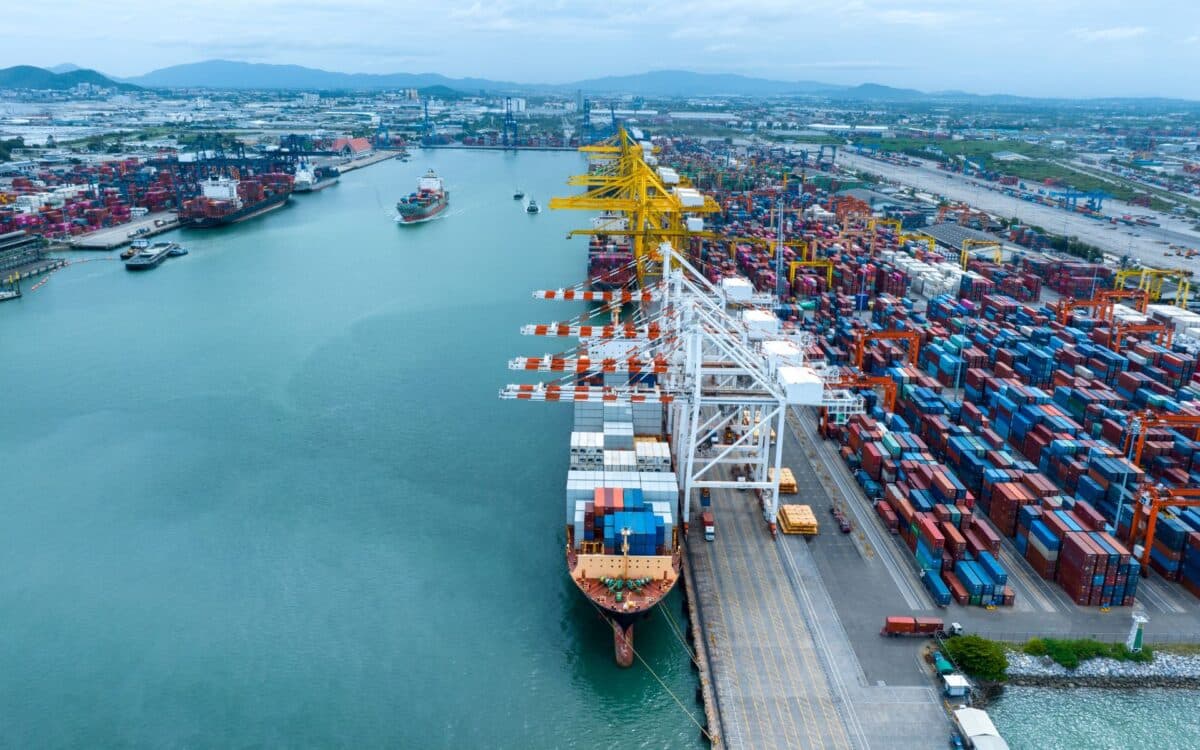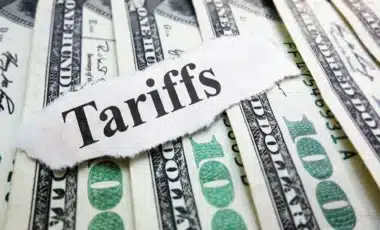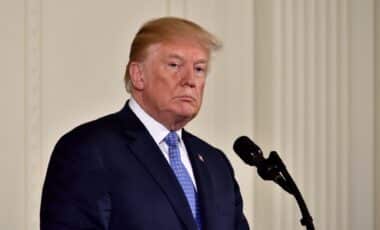China has decided to take retaliatory action following the U.S.’s escalating tariffs, imposing a 34% levy on all U.S. goods starting April 10. This move, which was confirmed by China’s Finance Ministry, is part of a broader response to recent U.S. trade policies.
CNN reports that this development will have far-reaching consequences, particularly with the broader trade war already affecting international relations and economic stability. Both countries are now bracing for what could be a major shift in global trade dynamics.
China’s Response to U.S. Tariffs
The Chinese Finance Ministry’s announcement came shortly after U.S. President Donald Trump introduced his own set of tariffs, also set at 34%, on Chinese goods imported into the U.S. These tariffs were part of a broader strategy to address issues surrounding intellectual property rights, trade imbalances, and the flow of illicit goods, such as fentanyl, from China to the United States.
In retaliation, China’s State Council Tariff Commission condemned the U.S. actions, stating :
This practice of the US is not in line with international trade rules, seriously undermines China’s legitimate rights and interests, and is a typical unilateral bullying practice.
The U.S. has already implemented additional 10% duties on Chinese imports in previous months, which have now escalated to a combined 54% on certain goods. This means that Chinese products arriving in the U.S. would face a higher tariff burden than many analysts had anticipated.
Rare-Earth Export Controls
In a parallel move, China has also imposed strict controls on the export of several critical rare-earth minerals, which are essential for a range of high-tech industries, including electronics and military applications.
These materials include samarium, gadolinium, terbium, dysprosium, lutetium, scandium, and yttrium. The export restrictions are set to take effect on April 4.
The Chinese Commerce Ministry explained that the measures were necessary to protect national security and interests, while also fulfilling international obligations like non-proliferation commitments.
This export control is significant as these rare-earth elements are vital to a variety of industries, making them a potent tool in the ongoing trade conflict.
In addition to these export restrictions, China has added 11 U.S. entities to its “unreliable entity list”, including companies in the drone manufacturing sector.
This list allows China to take punitive actions against these companies. Furthermore, 16 U.S. companies will be prohibited from exporting dual-use items (those that have both civilian and military applications) to China.
Market Reactions and Economic Concerns
These latest tariffs and export controls have sent shockwaves through global markets. U.S. stock futures plunged following the announcement, with the Dow Jones Industrial Average falling by 1,000 points (2.3%).
Other indices, including the S&P 500 and Nasdaq, also posted significant losses, with the Nasdaq dropping 2.7%. European and U.K. markets followed suit, recording their worst performances in years.
This trade war escalation comes at a challenging time for both economies. For the U.S., the new tariffs may disrupt supply chains and increase costs for businesses reliant on Chinese goods.
For China, which is already grappling with a slowing economy, the tariffs exacerbate concerns about weak domestic consumption and broader economic instability. The Chinese government has recently stepped up efforts to stimulate domestic consumption in response to these challenges.
The Long-Term Impact
The introduction of these higher tariffs could lead to a fundamental shift in the trade dynamics between the U.S. and China. With roughly half a trillion dollars in annual trade at stake, the ongoing trade dispute is poised to reshape the future of global trade.
The escalating conflict not only threatens the economies of both nations but also risks destabilizing broader international markets as businesses and industries adapt to the new reality of heightened tariffs and trade restrictions.
As the situation develops, analysts and policymakers will continue to monitor the impact of these trade measures, which could lead to long-term changes in global supply chains and international trade relations.









